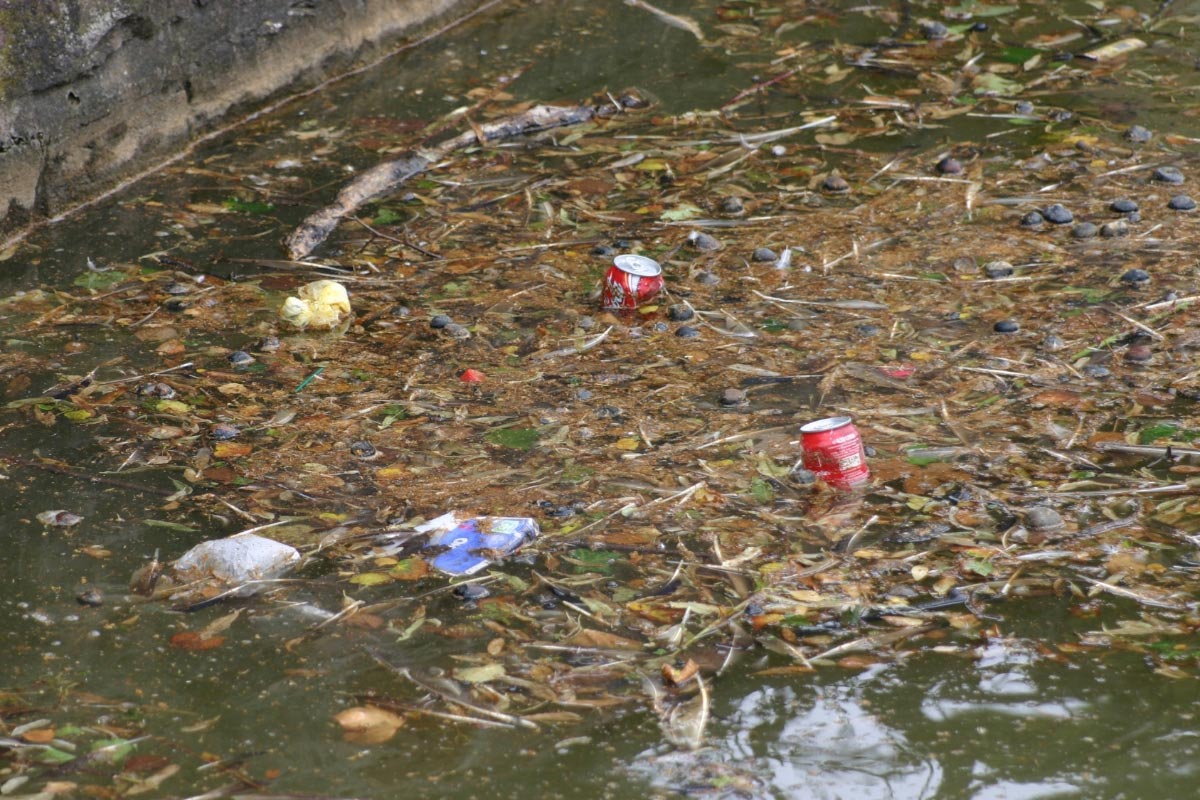Toxic trash bags from Fukushima plant washed away by flood waters
09/17/2015 / By Greg White

Typhoon Etau has caused widespread flooding in Japan. While flood waters did not engulf the Fukushima power plant, they did sweep away 82 plastic bags containing radioactive grass and soil from the Daiichi site.(1)
The plastic bags had been stored at the Iitate village before the flood waters took a hold of them. Approximately 30 large holding bags were washed into the river, further contaminating waters that had been already polluted by radioactive waste. For years, local activists and residents had been vexed by contaminated soil placement. Many of the radioactive bags were placed in marshland located near rivers and beaches. The effects that these escaped bags may have on the ocean and nearby wild life remains uncertain.(2)
Failure to contain radioactive waste
So far, flooding from the typhoon has not reached the Fukushima Daiichi power plant. The debacle at the Fukushima power plant has been regarded as the worst nuclear disaster since the 1986 Chernobyl nuclear accident. The 1,000-liter bags were used to store mostly surface soil and grass that had been contaminated by radiation near the Fukushima site.
Japan’s Environment Ministry claims that none of the bags have been damaged; however, only 37 of the 82 bags had been recovered as of last Friday. There is no telling how many bags have or will release their toxic contaminants into the environment before the Ministry has a chance to salvage them.(2)
“On September 9th and 11th, due to typhoon no.18 (Etau), heavy rain caused Fukushima Daiichi K drainage rainwater to overflow to the sea,” TEPCO, the company in charge of the Fukushima power plant, said in a recent press release, as reported by RT.com. The company claims that the samples taken from last Wednesday “show safe, low levels” of radiation.(3)
The problem is that there are no safe levels of radiation. Radiation, even in small doses, can have an accumulative effect over time. The recent bag incident adds further reason to believe that TEPCO is not in a competent position to manage radioactive material from the Fukushima site. Nevertheless, TEPCO claims that it will continue to monitor the ocean to “ensure the water quality” and states that it has taken“multiple precautionary measures” to protect the nearby ocean.(3)
Keep up to date with the radioactive disaster in Japan at Fukushima.news, powered by FETCH.news.
Time to take out the trash
These remarks come from the same company who has worked with the Japanese government, which has consistently lied about the severity of the Fukushima disaster. If TEPCO really had taken “multiple precautionary measures” to “ensure the water quality,” perhaps a good first step would be to not deposit trash bags sealed with radioactive waste on marshland. Either TEPCO is lying, has no idea what they are doing, or a dangerous mix of both.(4)
Tens of thousands of Japanese citizens were ordered to evacuate across the country as Typhoon Etau made landfall this past week. The flooding from the torrential rains is the worst it’s been in 50 years. So far, an estimated three people have died, twenty-seven injured, and twenty-six missing have been reported.
The lack of planning and consistent failure by TEPCO to contain radioactive waste from the Fukushima disaster is unacceptable. The release of toxic garbage bags into the environment serves as a reminder that it’s time for TEPCO to take out the trash.
Learn more about the TEPCO’s consistent mishandling of the Fukushima disaster at TruthWiki.org.
Sources include:
(1) FukuLeaks.org
(2) JapanTimes.co.jp
(3) RT.com
(4) TruthWiki.org
Submit a correction >>
Tagged Under:
flood waters, Fukushima plant, Japan, nuclear power, Pacific Ocean, radiation, radioactive waste, toxic trash bags, Typhoon Etau
This article may contain statements that reflect the opinion of the author
RECENT NEWS & ARTICLES
COPYRIGHT © 2017 FUKUSHIMAWATCH.COM
All content posted on this site is protected under Free Speech. FukushimaWatch.com is not responsible for content written by contributing authors. The information on this site is provided for educational and entertainment purposes only. It is not intended as a substitute for professional advice of any kind. FukushimaWatch.com assumes no responsibility for the use or misuse of this material. All trademarks, registered trademarks and service marks mentioned on this site are the property of their respective owners.




















